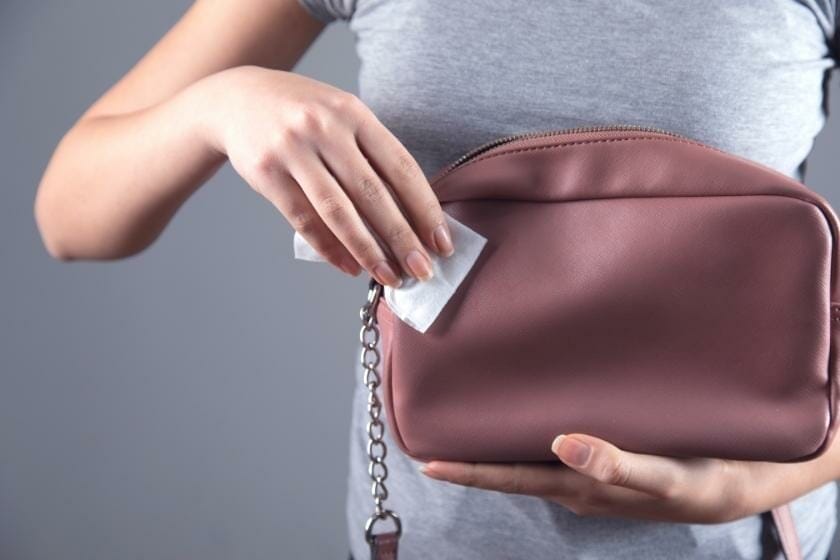Leather, a timeless material known for its durability and elegance, can develop an unwelcome stickiness over time. This stickiness not only detracts from its aesthetic appeal but also affects its functionality. But don’t despair! Restoring leather’s natural smoothness is an achievable task with the right approach.

Image: myleathertravelbag.com
Causes of Sticky Leather
Before diving into the solutions, it’s essential to understand the underlying reasons behind leather becoming sticky. Three primary factors contribute to this problem:
-
Exposure to Heat and Humidity: High temperatures and moisture levels can cause the natural oils in leather to deteriorate, resulting in a sticky surface.
-
Use of Incompatible Cleaners: Harsh or improper cleaning agents can strip away essential oils and damage the leather’s finish, leading to stickiness.
-
Accumulation of Dirt and Grime: Over time, dirt, dust, and other contaminants can accumulate on leather surfaces, creating a sticky film.
Restoring Leather’s Softness
Now that we’ve uncovered the culprits, let’s explore effective methods to restore leather’s soft and supple texture:
1. Cleaning with Mild Detergents
Using a mild detergent specifically designed for leather cleaning is crucial. Mix the detergent with lukewarm water (never hot) and gently wipe down the leather surface using a soft, damp cloth. Avoid abrasive sponges or brushes that could scratch the leather.

Image: www.pinterest.com
2. Removing Stubborn Stains
For more stubborn stains, create a paste by mixing white vinegar or rubbing alcohol with cornstarch. Apply the paste to the stain and let it sit for a few minutes before gently wiping it away with a damp cloth.
3. Conditioning with Leather Conditioner
Leather conditioner is essential for replenishing the natural oils lost due to heat, humidity, or improper cleaning. Choose a conditioner specifically formulated for the type of leather you’re treating (e.g., aniline, semi-aniline, or pigmented). Apply the conditioner sparingly with a clean cloth and allow it to absorb fully.
4. Using Saddle Soap
Saddle soap, a traditional leather cleaner, is effective in removing dirt and grime. Test it on an inconspicuous area first to ensure it doesn’t damage the leather’s color or texture. Apply the saddle soap with a damp sponge, work up a lather, and wipe away with a clean cloth.
5. Treating with Baking Soda
Baking soda, a natural deodorizer, can help absorb moisture and remove stickiness. Sprinkle baking soda on the affected area, let it sit for several hours or overnight, and then vacuum or brush it off.
6. Using a Leather Repair Kit
For more severe cases, consider using a leather repair kit. These kits typically include a cleaning solution, adhesive, and colorant. Follow the instructions carefully to patch up any tears or holes and restore the leather’s original appearance.
How To Fix Sticky Leather
Important Considerations:
-
Test all Solutions on an Inconspicuous Area: Before applying any solution to the entire leather surface, test it on a hidden area first to ensure it doesn’t cause discoloration or damage.
-
Avoid Over-Cleaning: Excessive cleaning can further strip the leather of its natural oils, leading to dryness and cracking. Clean leather only when necessary.
-
Condition Regularly: Regular conditioning is key to maintaining leather’s softness and preventing it from becoming sticky again. Conditioner replenishes lost oils and creates a protective barrier against heat and humidity.
By following these guidelines, you can successfully restore sticky leather to its former glory. Remember, with proper care and maintenance, your leather products can retain their beauty and functionality for years to come.










